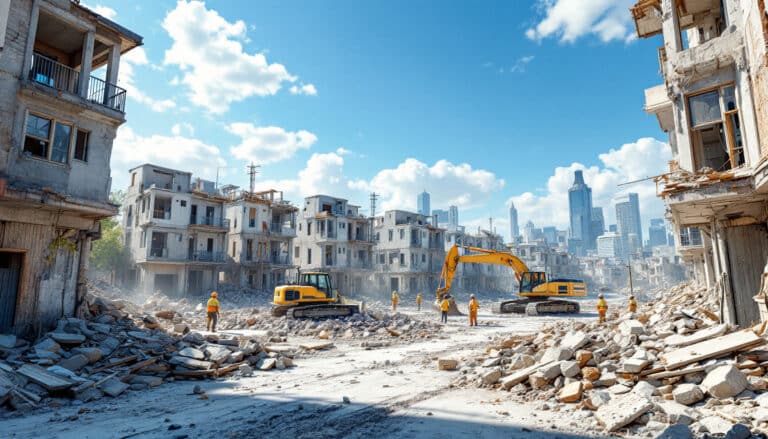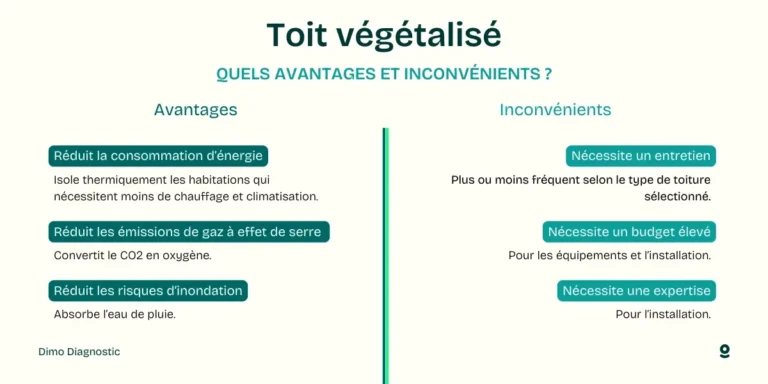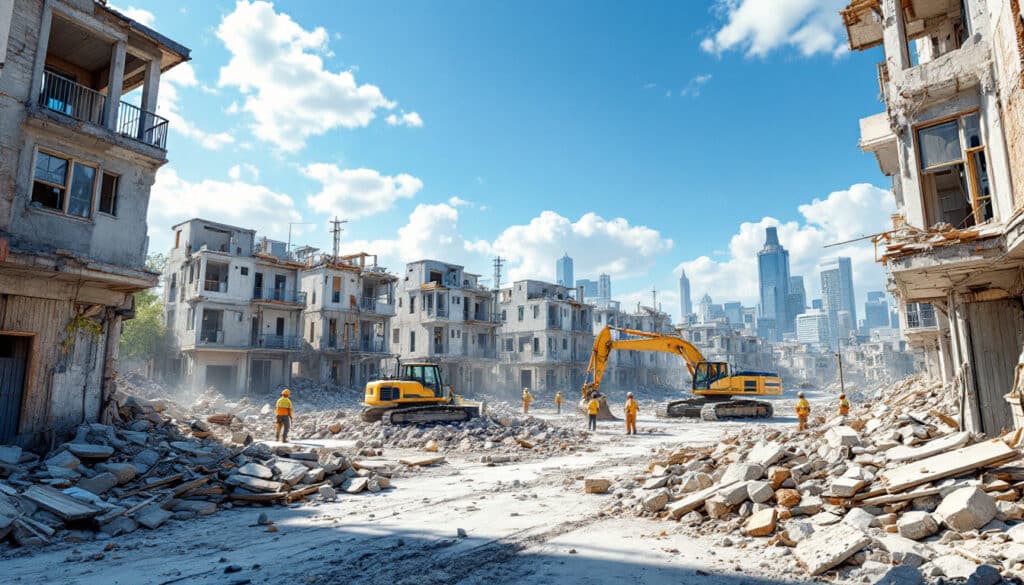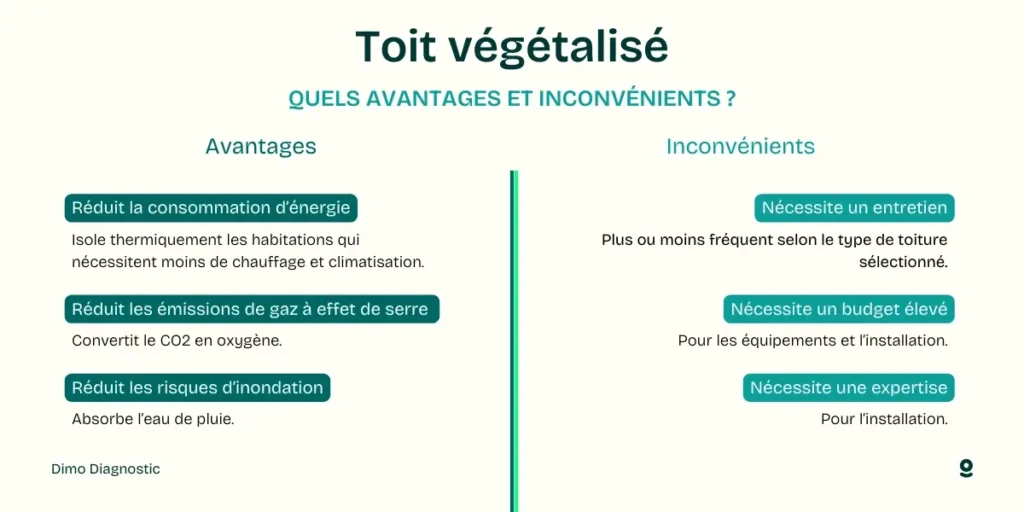Innovation in the field of wastewater treatment opens up new fascinating avenues. The characterization and valorization of hydrolysis char from wastewater sludge through hydrothermal treatment are part of this dynamic. Transforming a waste into a resource, this approach allows for the production of materials suitable for 3D printing, thus contributing to the circular economy. This promising method highlights the unique properties of the obtained chars, while offering a sustainable alternative to traditional materials used in printing.

Table of Contents
ToggleCharacterization and Valorization of Hydrolysis Char
The characterization of hydrolysis char derived from wastewater sludge through hydrothermal treatment is a crucial step in understanding its properties and application potential. This process allows for the optimization of char yield while enhancing the added value of these residues. Analytical methods such as spectroscopy and chromatography are essential to identify the composition and structure of these chars, which will influence their future use, including in innovative applications such as 3D printing.
Hydrothermal Treatment Process
The hydrothermal treatment of wastewater sludge is a method that uses high-temperature and high-pressure water to decompose organic matter. This process promotes the *recycling* of material and produces a hydrolysis char with enhanced characteristics. Treatment parameters, such as temperature and duration, are critical in determining the quality of the char obtained. Research has shown that hydrolysis char possesses interesting biocompatibility and durability properties, making it suitable for use in composite materials and 3D printing.
Application in 3D Printing
The unique properties of hydrolysis char make it suitable for various applications, particularly in the field of 3D printing. Its ability to melt at optimal temperatures allows for the creation of complex structures, while integrating aspects of sustainability and recycling. By incorporating this material into the creation process, it is possible to reduce the carbon footprint and optimize the use of available resources. This represents a significant advancement towards ecological innovation in the three-dimensional printing sector.
















